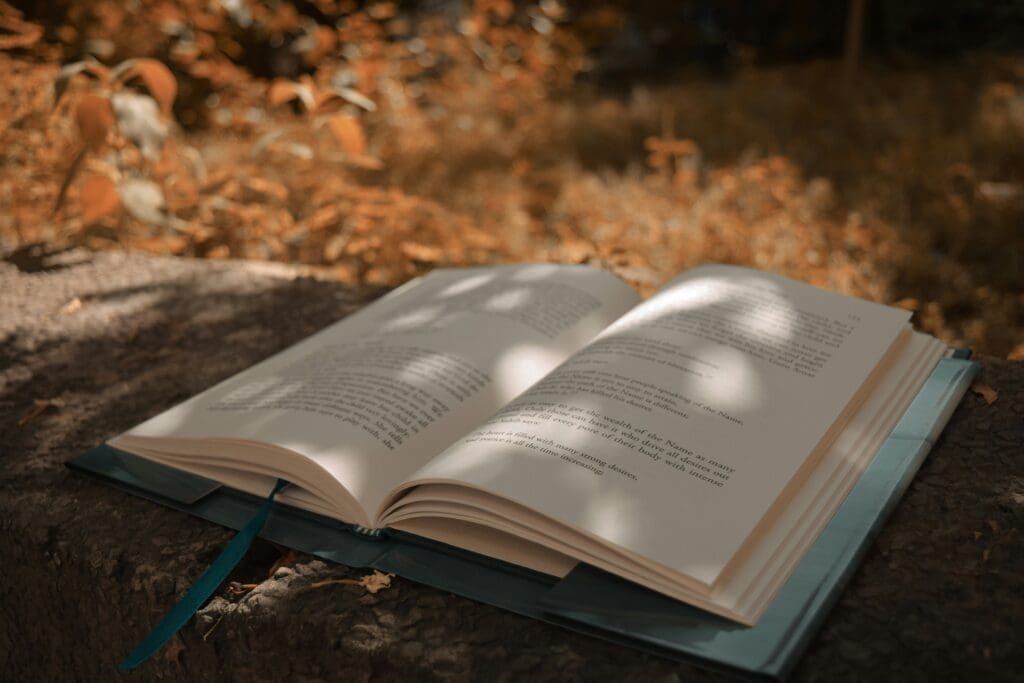#NPM18: 12 CANADIAN NATURE POETRY BOOKS | GUEST POST BY TERRENCE ABRAHAMS
Canada’s relationship with nature poetry has, historically, been an uncomfortable one. Early settler poets took their settler-colonial romanticism to the extreme, writing of this land as if it were wild and unknown, rather than familiar and home to long-standing indigenous communities. Though the damage done by these early poets cannot be undone, nature poetry in Canada has thankfully started to shift.
Poetry featuring images of the Canadian wilderness are now rooted less in European romanticism. Instead, they take a more personal turn by focusing on field studies, environmentalism, anti-colonial efforts in activism, and, of course, genuine love and appreciation people have for natural world. There are, perhaps, more love poems here in the following books than in any anthology of romantic poetry out there.

The Books
Anne Carson – Plainwater (Vintage Canada, 2000)
Though familiar natural imagery is scattered throughout this collection, the latter half of Carson’s Plainwater reads as a fictional travelogue. Geography colludes and collides with the intensely human to create a sometimes uncomfortable catalogue of the ways people relate to surroundings and, by extension, each other.
Souvankham Thammavongsa – small arguments (Pedlar Press, 2003)
This small book featuring smaller poems touches on the familiar aspects of nature: insects and fruits we see in our homes, crawling or ripening on our kitchen counters, awakening a new (or perhaps old but overlooked) appreciation for such little lives.
Hoa Nguyen – As Long as Trees Last (Wave Books, 2012)
Nguyen’s writing, as always, is full of movement, despite the stillness and presumed peacefulness of many of her subjects – trees and suburban streets wake up and become less a part of an urban environment and more of a reminder that even cities are full of stirring, shifting green things.
Julie Joosten – Light Light (Book*hug, 2013)
Joosten’s book artfully looks at the way light affects us all, and what we would (and wouldn’t be) without it. Observation and emotion fuse with scientific fact to delight and delightfully unsettle.
Elena Johnson – Field Notes for the Alpine Tundra (Gaspereau Press, 2015)
Johnson lived as the writer-in-residence at a remote ecology research station in the Yukon’s Ruby Range in 2008. These poems, exploring both the scientific and emotional side of northern field studies, are both moving and satisfying. You might learn a new fact or two.
Rasiqra Revulva – Cephalopography (words (on) pages, 2016)
Lyrical, emotional, visceral – like the tentacled things she features in her poetic work, Revulva’s poetic efforts are as graceful and strange as they are fascinating.
Nelson Ball – Certain Details (Wilfrid Laurier University Press, 2017)
Ball’s short, observational poems are the cumulative effort of over sixty some-odd years spent walking, watching, waiting. Nothing about nature seems to be missed by Ball’s careful eye.
Jack Davis – Faunics (Pedlar Press, 2017)
Davis’ work asks us to reconsider how we understand animals in relation to ourselves, to redefine animalism, and to ultimately look for a harmony within the human animal.
Sarah-Jean Krahn – Weed Apologue (words (on) pages, 2017)
Drawing on a critical response to Robert Kroestch’s Seed Catalogue, Krahn’s poetry condemns Canadian colonialism and its impact on indigenous women and the environment while weaving language in a way that cannot be anything but like a so-called weed: insistent, seemingly effortless, hardy, and, ultimately, beautiful.
Fenn Stewart – Better Nature (Book*hug, 2017)
Though she works directly from a diary Walt Whitman kept while travelling through Canada, Stewart never gets sentimental. Her poetry focuses on how people interact with the world, from settler appropriation of the land, environmental activism, individual efforts to “go green,” and a tongue-in-cheek touch upon how we can better our natures to better nature itself.
Laura K. Watson – Spellbook for an Attic Gardener (self-published, 2017)
Complete with stunning illustrations, Watson’s Spellbook is a comforting (though sometimes emotionally charged) look at how easy it is to bring the outside in.
Randy Lundy – Blackbird Song (University of Regina Press, 2018)
This book, though not yet released, closes this list due to the anticipatory excitement I feel for it. Lundy’s previous work has been nothing but beautiful, his attention to detail making it easy to get lost in the portions of the natural world he recreates on a page.
—
Terrance Abrahams lives and writes quietly in Toronto. His first chapbook, a wish, was published with Penrose Press in 2018. He is @trabrahams on Twitter.
